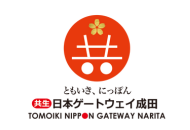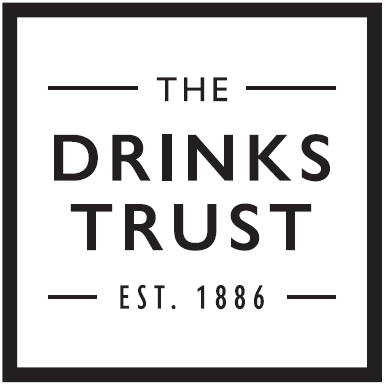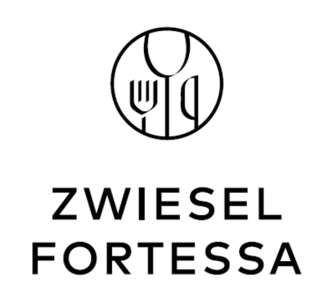Can you teach an old dog new tricks? When digital marketing rose to prominence in the early 2010s, wine producers – especially those in Europe's more storied vineyards – reacted with a mixture of caution, suspicion, and outright disdain. Indeed, the idea of translating terroir into tweets seemed not only alien, but unnecessary.
Yet, as a myriad pressures continue to mount, a growing number of European wineries are embracing the tools once held at arm's length. From Bordeaux to Italy and beyond, digital channels are increasingly playing a key role in widening brand visibility, reinforcing identity, and reaching new audiences – both trade and consumer.
"We integrate digital strategy to support the launch of certain wines in specific markets, often operated by monopolies, where it is important for the wine to be an immediate success. Naturally, we tend to develop ad hoc social media campaigns in synergy with our partners," explains Marco Rossi, export manager, Lungarotti.
Evelyn Carrer, marketing manager at Masottina in Veneto, underlines the value of taking "a 360-degree approach to brand communication", using social media as a central touchpoint for storytelling and community building, integrated into a broader ecosystem.
She says: "Our digital campaigns often amplify the visibility of traditional media placements - such as print or lifestyle formats - and live events like wine masterclasses, fairs, or exclusive tastings. We ensure alignment in tone, visual identity, and messaging across all channels, creating a cohesive and immersive brand experience. Masottina believes in authentic relationships, thoughtful gestures, lived-in territory, subtle perlage, and shared values - all of which we express through our social media presence."
Brand tailoring
This paradigm – using targeted digital marketing within a multi-channel ecosystem – is becoming emblematic of how leading wineries are harnessing this medium to their advantage. Experienced members of the trade will remember when launching a Facebook page or posting tasting notes on Instagram was seen as the cutting edge of digital engagement – or even avant-garde in the villages of Tuscany and the Côte d'Or. But no longer. Today, producers of all sizes are taking a more sophisticated approach – using digital tools not just for noise, but for nuance.
Influencer engagement, hitherto treated with scepticism, is becoming a central cornerstone of digital wine marketing. But rather than chasing celebrity endorsements, stakeholders are increasingly forging longer-term partnerships with sommeliers, bartenders and content creators whose style and audience align with their target demographic.
According to Alberto Chiarlo, owner of Michele Chiarlo: "We have been working consistently with influencers for about four years, particularly bartenders and sommeliers from key markets. This vision led to the creation of 'Nivolista', an editorial project that invites professionals to create original cocktails featuring Nivole Moscato d'Asti. Performance is measured primarily through Instagram analytics, focusing on reach, views, and engagement. We pay close attention to the alignment between the influencer's communication style and our brand positioning, to ensure authenticity and narrative consistency."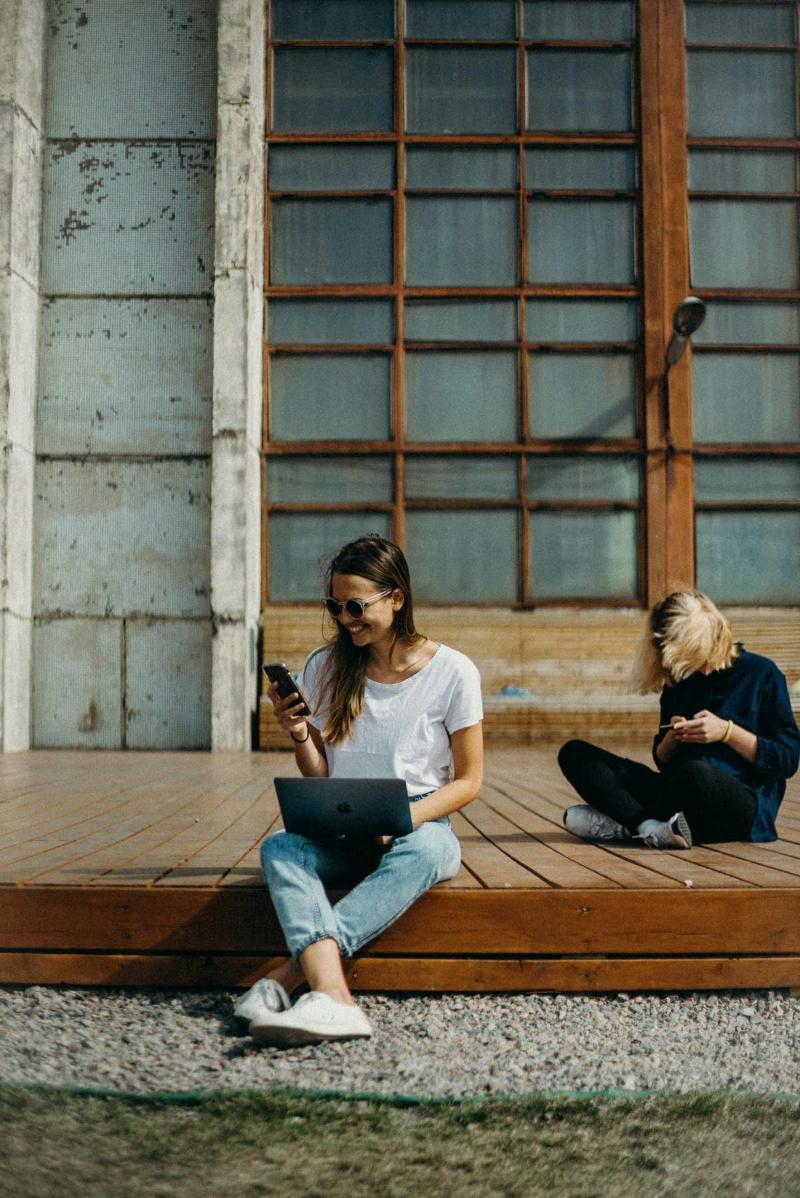
Meanwhile, Evelyn Carrer prefers to work "selectively with wine influencers, especially in strategic markets like the UK and the US, to support key moments such as Vinitaly or the Christmas season." Any potential collaborators, she emphasises, must be "genuinely passionate about wine, have a strong connection to their audience, and can communicate with accuracy and emotion."
Carrer adds: "Return on investment (ROI) is measured both quantitatively (reach, engagement, conversion) and qualitatively (brand sentiment, quality of content, alignment with our values). When possible, we also track uplift in DTC sales or leads generated from influencer-driven traffic." And while influencer marketing rarely drives immediate sales, it still plays a valuable role in fostering long-term brand associations.
Yet although the level of digital engagement has increased exponentially over the past decade, not all producers are sold on its promises – or at least not without caveats. Taking a more cautious line, Lungarotti's Rossi believes that it is "almost impossible to evaluate the real ROI" when partnering with content creators. As a result, Lungarotti prefers to focus on "different key performance indicators (KPIs) that are more in line with reality and our communication strategies."
Harald Cronst, export & marketing manager at Kellerei Kurtarsch in Alto Adige, expands upon the theme.
"We still rely strongly on personal connections - especially at the point of sale, during and after wine tourism experiences, as well as through customer visits, tastings, and events. These moments are key for collecting customer data, which we primarily use to create high-quality newsletters. Our newsletters consistently achieve excellent open and click-through rates."
This hybrid approach, combining traditional relationship-building with digital communication tools, addresses some of the concerns outlined by Severini, particularly the challenge of accurately measuring ROI in a fragmented ecosystem. That said, one of the key appeals of influencer partnerships – certainly when compared to large-scale sponsorship programmes or traditional advertising – is their cost-effectiveness.
"With Noughty, we focus on highly targeted social media activity that allows us to speak directly to our core audience. Platforms like Instagram and Meta have been incredibly effective for building community and engagement," reveals Oliver Jones, MD at Thomson & Scott Ltd.
"But", he adds, "we don't typically partner with influencers or celebrities on a paid basis, but instead rely on organically generated content - this way the advocacy is authentic, and the ROI infinite."
Classical influences
So does this mean that traditional forms of communication or endorsement are now obsolete in the digital age? Not quite. Third-party validation, according to leading wineries, is still relevant and useful, despite the rise of new technologies. "Independent critics remain very relevant, especially in international markets," opines Evelyn Carrer.
For Alberto Chiarlo, meanwhile, the value they add is both trade credibility and consumer trust. "While today's consumers are increasingly influenced by peer recommendations and immersive experiences, critical acclaim remains a powerful tool among collectors or enthusiasts looking for benchmarks of quality and authenticity," he says.
For decades, the wine industry has been accused of collective metathesiophobia – a resistance to change rooted in tradition and heritage. Closures are a classic example: many European wineries, especially premium brands, still regard screwcaps with a degree of disdain. Yet producers across Europe are not just embracing digital marketing out of obligation, but increasingly doing so with nuance and enthusiasm. Step by step, digital engagement is evolving from an afterthought to a strategic imperative. In our fast-moving age, an online presence is no longer optional – it's essential.

Selective Storytelling: Embracing the Digital Sphere
Once treated with suspicion, digital marketing is becoming a vital part of the winery's toolkit.
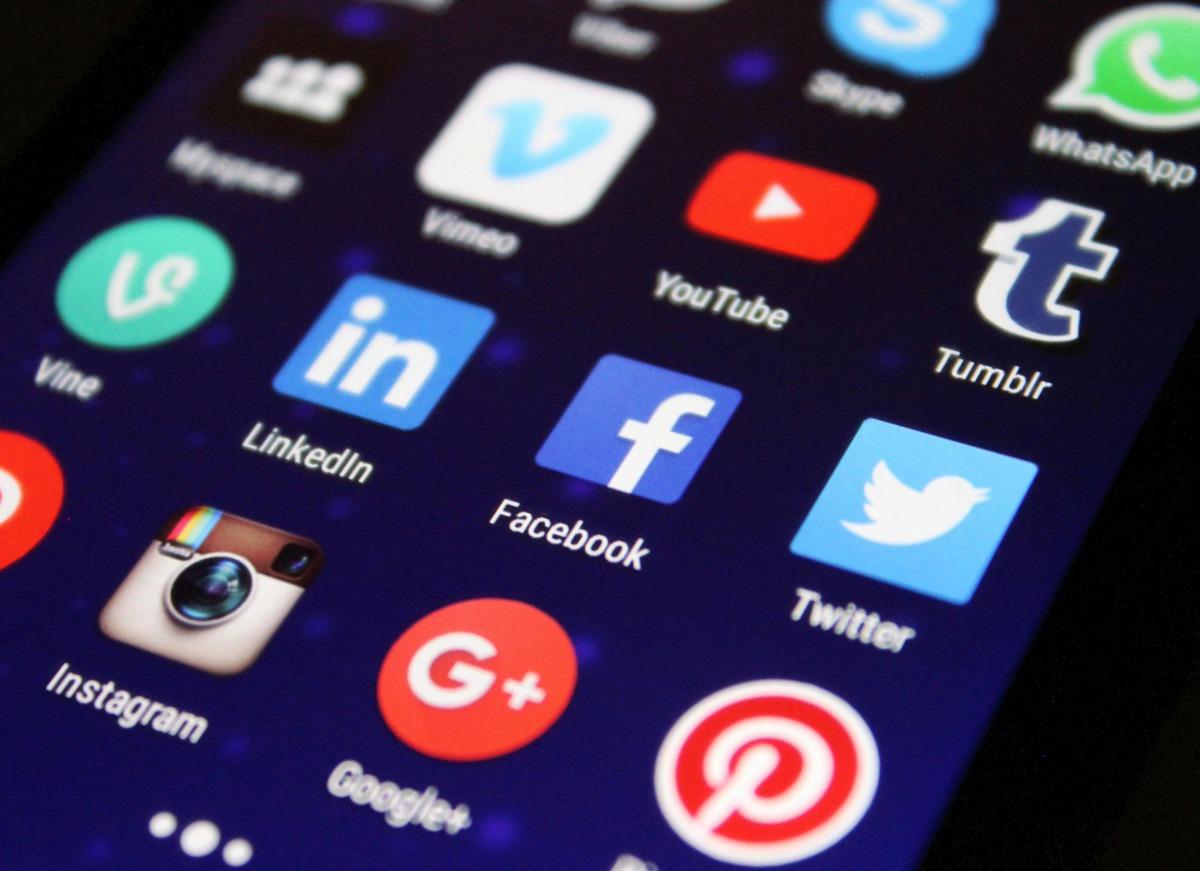
The digital revolution continues apace





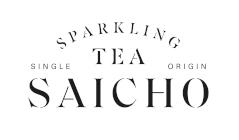




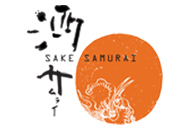
.png)
